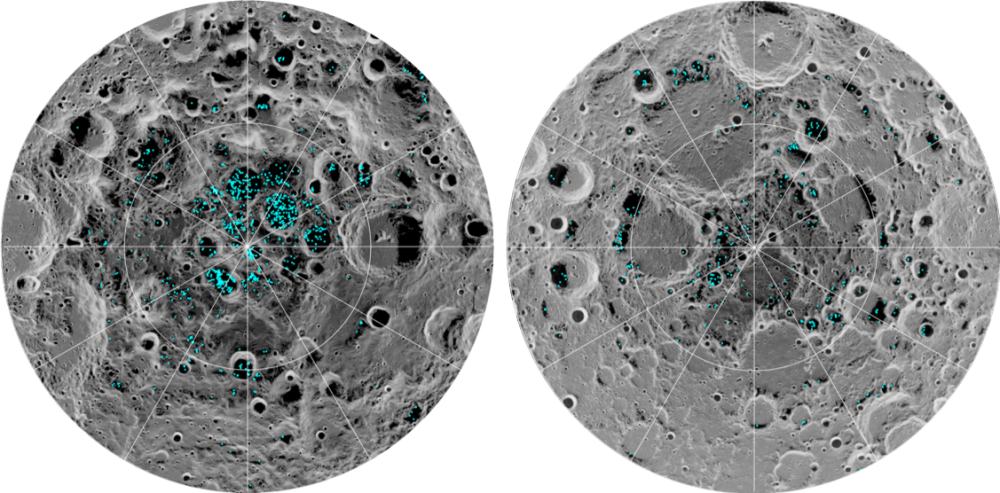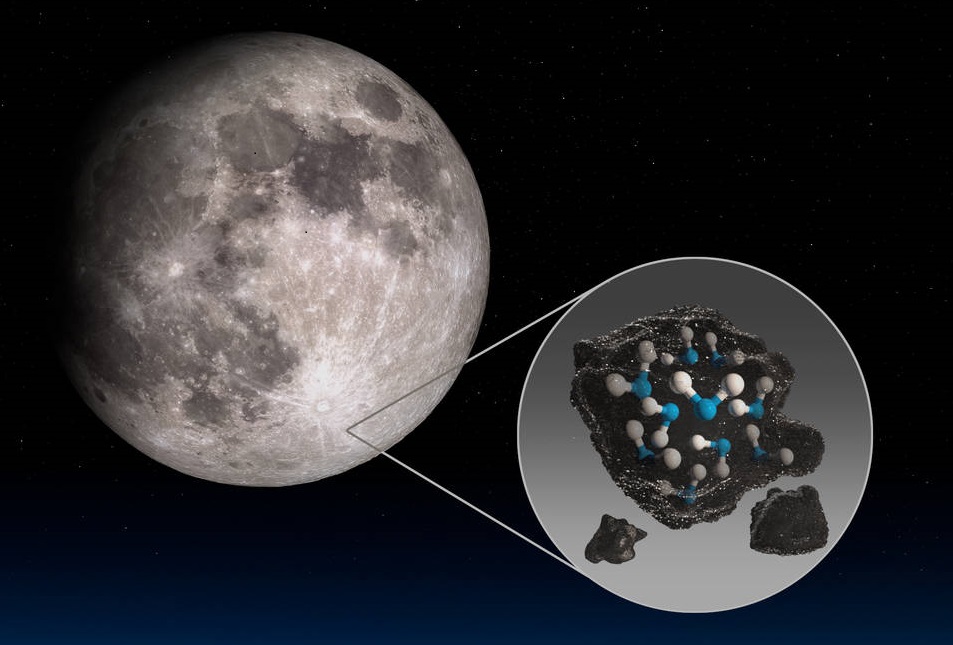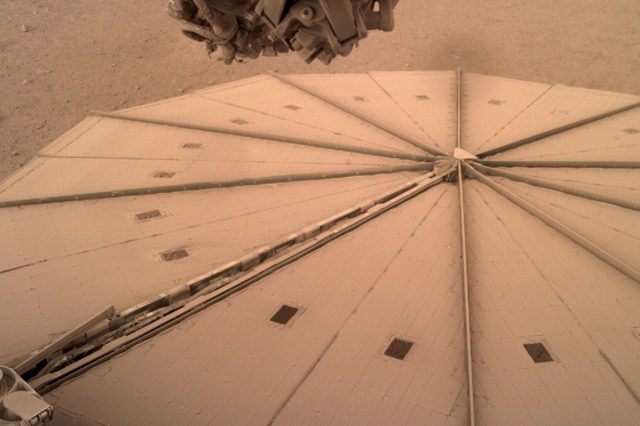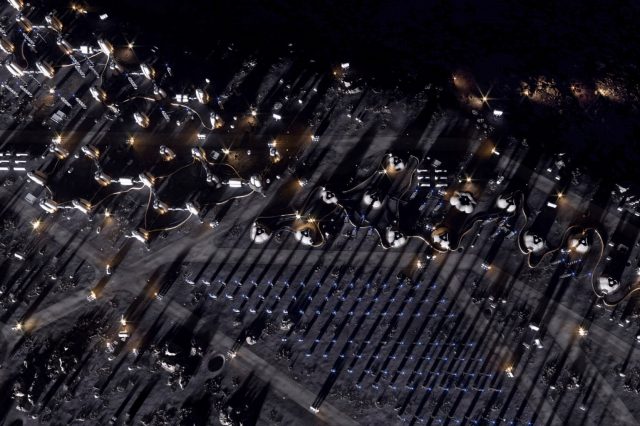We now know that water on the surface on the Moon could be a lot more abundant than previously thought. This discovery will pave the way for many more in the following couple of years, and will open a new chapter for the upcoming Artemis Plan.
After a week of anticipation and theories about what exactly NASA will reveal on Monday, we received perhaps the most logical revelation. With the results of two long-lasting studies, we now know that there is a lot more water on the Moon than previously thought.
Water on the Moon: The Chronology
The whole hysteria about the existence of water in whatever form on the Moon began in 2009. On September 24th that year, NASA revealed the discovery of water molecules on our natural satellite. Of course, this discovery was highly anticipated and more than expected, and still, it changed everything. Water existed but only small amounts of it were located.

Then in August 2018, NASA revealed a brand new discovery confirming the existence of ice on the poles of the Moon. The ice, however, was not abundant but quite patchily distributed and present only in the coldest and shadowiest spots.
As of today, we can officially say that water exists on the Moon not only at the poles but all over the shadowed spots on the surface.
Newest Discoveries – October 26th, 2020
How is this discovery different? Until recently, we knew that water existed on the darker side of the Moon. This is what makes it groundbreaking. We now know that water not only could exist but it likely is spread on the entire surface of the Moon, including the sunlit side.
The molecular water was discovered by the team of Casey Honeyball at NASA’s Goddard Space Center. While in previous observations it is unclear whether this is water or water-related hydroxyl, the current test method gives a definite result. The only way for these molecules to survive on the sunlit side where they are observed is to be in mineral grains that protect them from the environment. The molecules are at a distance and do not interact to form ice or liquid water.
The second study focuses on the so-called cold traps – areas that are in constant darkness with temperatures below 163 degrees Celsius. Under such cold, frozen water can remain stable for millions of years. Scientists led by Paul Hane of the University of Colorado at Boulder used data from the US Lunar Reconnaissance Orbiter. They discovered a huge amount of small shadows, as big as a coin or more – most in the polar regions where water could form and remain indefinitely.

Judging by the Clavius crater, the concentration of water in a cubic meter of soil is between 100 and 400 parts per 1 million. The results from the complicated calculations reveal that water can cover an area of at least 40,000 square kilometers on the Moon in total.
According to Hannah Sargent, an astronomer at the Open University of Milton Keynes, this gives “more opportunities for potential sources of water on the moon”, and the question “where to build a base on the moon is very much related to where the water is”.
Water is a valuable resource for future missions with people on the Moon and will be used not only for drinking but also as fuel. NASA plans to return astronauts to the moon in preparation for a mission to Mars. Having water on our satellite would be very useful for such programs.
You can read the entire scientific paper about the studies here.
Join the discussion and participate in awesome giveaways in our mobile Telegram group. Join Curiosmos on Telegram Today. t.me/Curiosmos





